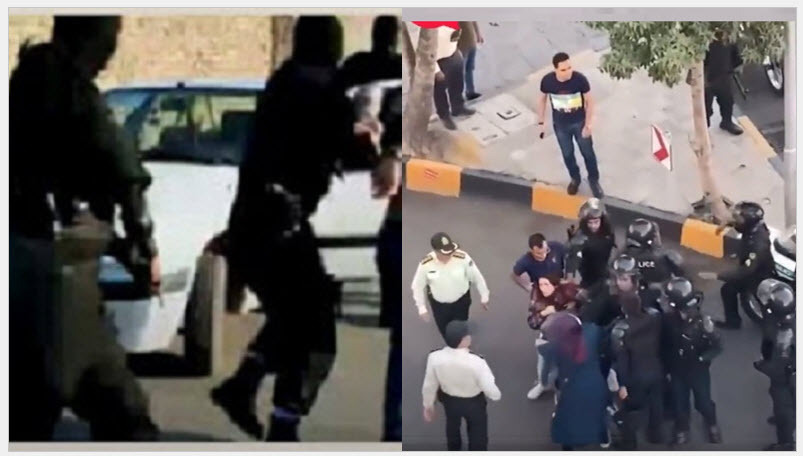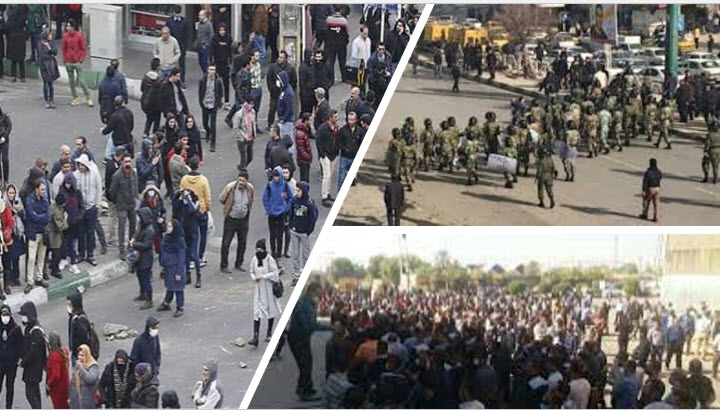
On June 21, 1981, the People’s Mojahedin of Iran (PMOI/MEK) led a public protest against Ayatollah Khomeini’s newly established totalitarian regime.
The Islamic Revolutionary Guard Corps (IRGC) violently suppressed the protest, killing and arresting many people and executing dozens in the years that followed. May 30, 1992: Following the destruction of citizens’ homes in Mashhad, a child was killed by regime security forces, sparking a massive rally that lasted until the following day. The IRGC intervened and began widespread repression, with the number of people killed and injured still unknown.
On August 3, 1994, the people of Qazvin rose up in protest of the government’s discriminatory policies and demanded more attention for their city, resulting in a massive anti-regime demonstration. The regime’s forces brutally suppressed the protest with mass executions and arrests, with the IRGC intervening to regain control. The death toll is estimated to be 50, with over 3,000 arrests.
In March 1995, the people of Eslamshar rose up against the regime, citing issues such as unregistered housing and agricultural fields, as well as a lack of basic necessities such as drinking water and electricity.
The Iranian student protests, also known as the Kuye Daneshgah Disaster, occurred in July 1999 and were the most widespread and violent protests since the regime’s establishment. Protests erupted following the closure of the reformist faction of the regime’s newspaper Salam. In the aftermath, more than 70 students went missing, many were killed, and over 1,000 were arrested. Many detainees’ fates are unknown.
2008: Following a nationwide protest against Mahmoud Ahmadinejad’s re-election as the regime’s president, people took to the streets to call the re-election fraudulent. The protest grew into a full-fledged anti-regime rally, with people chanting “Death to the dictator!” Official statistics show that at least 4,000 people were arrested, hundreds were injured, and at least 112 were killed, with the IRGC playing a significant role in the suppression.

Many IRGC commanders involved in the repression have held important government positions, including Mohammad Bagher Ghalibaf, the current speaker of parliament and former IRGC air force commander, who stated, “We went to clean up the street. We are the ones who will beat where radical action is required, and we are proud of it.”
In conclusion, the IRGC has played a crucial role in suppressing public dissent in Iran over the past several decades. The repression has resulted in the loss of many lives and the arrest of thousands of people, with many still missing.
MEK Iran (follow us on Twitter and Facebook), Maryam Rajavi’s on her site, Twitter & Facebook, NCRI (Twitter & Facebook), and People’s Mojahedin Organization of Iran – MEK IRAN – YouTub

